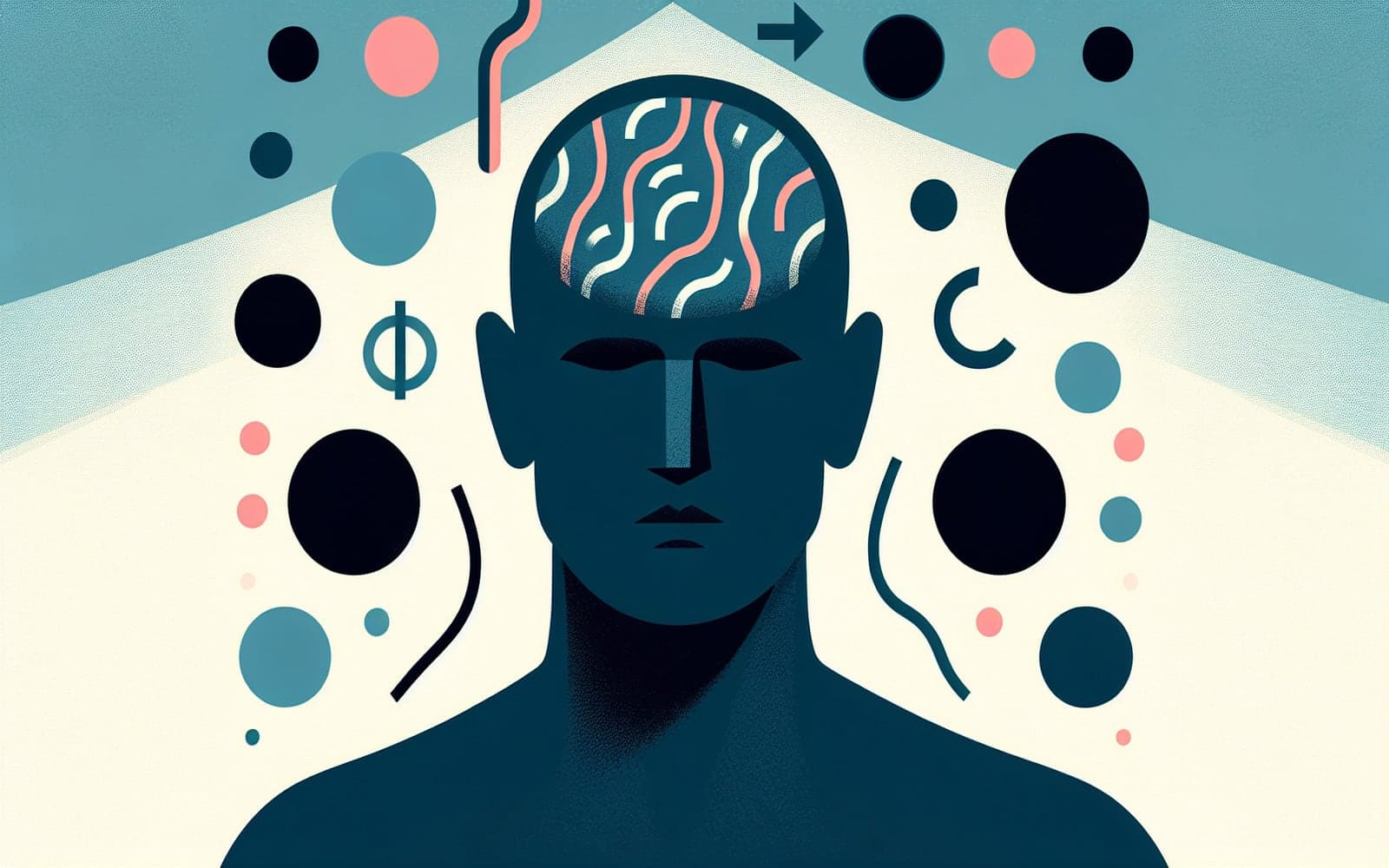Male Pattern Baldness: What's Really Going On Up There?
Published: Apr 10, 2024

Medically reviewed by Alan Lucks | MD, Alan Lucks MDPC Private Practice - New York on April 10th, 2024.
Male pattern baldness affects millions of men worldwide. But what's actually happening to cause those hairs to disappear?
Contents
It's All About the Hormones
Male pattern baldness is primarily driven by hormones, specifically dihydrotestosterone (DHT). This powerful hormone, derived from testosterone, causes hair follicles to shrink over time. As follicles get smaller, they produce thinner, shorter hairs - a process called miniaturization. Eventually, these follicles may stop producing hair altogether.
Genetics Play a Big Role
If you're wondering why your brother kept his full head of hair while yours is thinning, blame your genes. Male pattern baldness has a strong genetic component. Scientists have identified multiple genes that contribute to baldness risk. Having a father or grandfather with male pattern baldness significantly increases your chances of developing it too.

The Balding Process
Male pattern baldness typically follows a predictable pattern. It often starts with a receding hairline at the temples, forming an 'M' shape. The crown area may also begin thinning. Over time, these areas may join together, leaving hair only on the sides and back of the head. This progression can take years or even decades.
Frequently Asked Questions
It can begin as early as the late teens or early 20s.
While it can't be prevented, treatments can slow or stop its progression.
Stress alone doesn't cause it, but may accelerate existing hair loss.
Key Takeaways
While male pattern baldness can be distressing, understanding its causes is the first step in addressing it.
Concerned about your hair loss? Chat with Doctronic to learn about your options and potential treatments.
